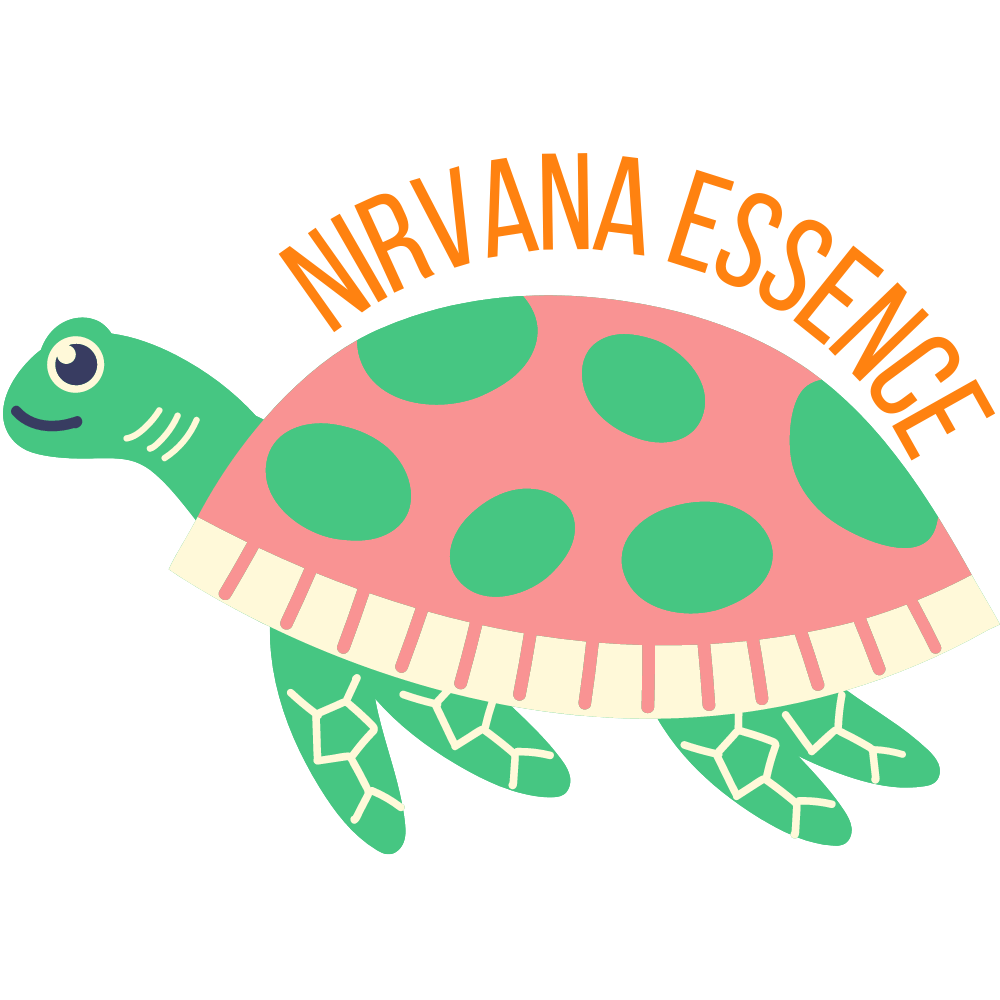Introduction
In our fast-paced and often stressful lives, finding effective ways to relax and promote overall well-being is essential. One such method gaining popularity is the use of sound for healing purposes. Sound baths, Kirtan, and vibrational therapy are ancient practices that harness the power of sound to restore balance, reduce stress, and enhance physical and mental well-being. In this article, we will delve into the fascinating world of sound healing, exploring the benefits and techniques behind these practices.
What is Sound Healing?
Sound healing is an ancient practice that utilizes sound vibrations to restore harmony and balance within the body, mind, and spirit. It is based on the belief that everything in the universe is in a state of vibration, including our bodies. By exposing ourselves to specific frequencies and harmonious sounds, we can positively influence our well-being on various levels.
The History of Sound Healing
Sound healing has roots in many ancient civilizations, including the Egyptians, Greeks, and Indigenous cultures. The use of chanting, singing bowls, and other musical instruments for healing purposes has been prevalent throughout history. These practices were often intertwined with spiritual rituals and ceremonies, recognizing the profound impact sound has on our consciousness and overall health.

The Science Behind Sound Healing
Modern science is beginning to uncover the mechanisms behind the effectiveness of sound healing. Research shows that sound vibrations can impact our brainwaves, heart rate, and nervous system, inducing a state of relaxation and promoting healing. The principles of resonance and entrainment explain how sound can synchronize and harmonize our body’s natural rhythms, facilitating self-healing processes.
Understanding Sound Baths
A sound bath is a therapeutic session where participants immerse themselves in soothing sounds and vibrations. It typically involves lying down or sitting in a comfortable position while a sound healer plays various instruments such as crystal singing bowls, gongs, and chimes. The sound waves wash over the participants, creating a meditative and deeply relaxing experience that helps release tension, reduce anxiety, and restore energetic balance.
Exploring Kirtan
Kirtan is a form of devotional chanting originating from ancient Indian traditions. During Kirtan, participants engage in the repetitive singing or chanting of sacred mantras while being accompanied by musical instruments like the harmonium, drums, and cymbals. Kirtan creates a communal and uplifting atmosphere, inviting participants to express themselves and connect with a higher power. It is believed to awaken the heart, cultivate joy, and dissolve emotional barriers.

Vibrational Therapy: Tuning Your Body
Vibrational therapy focuses on using specific frequencies and vibrations to restore balance and promote healing. It encompasses techniques such as tuning forks, singing bowls, and biofield therapies. By applying these vibrations to the body or within the body’s energy field, vibrational therapy aims to realign disrupted frequencies, release energetic blockages, and support overall well-being.

The Benefits of Sound Healing
Sound healing offers a wide range of benefits for physical, emotional, and spiritual well-being. Some of the key advantages include:
- Stress reduction and relaxation
- Enhanced mental clarity and focus
- Improved sleep quality
- Alleviation of anxiety and depression symptoms
- Boosted immune system function
- Increased self-awareness and mindfulness
- Balancing and optimising the chakra energy centers
Incorporating Sound Healing into Your Life
Integrating sound healing into your daily life can be a transformative practice. Here are some suggestions to incorporate sound healing into your routine:
- Listen to soothing music or nature sounds during meditation or before sleep.
- Attend sound bath or Kirtan events in your community.
- Explore guided sound healing meditations available online or through apps.
- Learn to play a musical instrument or experiment with sound-making tools.
- Consider receiving individual sound healing sessions from trained practitioners.
How to Choose the Right Sound Healing Practitioner
When seeking sound healing sessions or workshops, it’s essential to choose a qualified and experienced practitioner. Consider the following factors:
- Training and certifications in sound healing modalities.
- Recommendations and testimonials from previous clients.
- Compatibility and rapport with the practitioner.
- The practitioner’s knowledge and understanding of your specific needs.
Sound Healing and Meditation
Sound healing can complement meditation practices by deepening the meditative state and promoting relaxation. Incorporating sound healing instruments or guided sound meditations during your meditation sessions can enhance the experience and provide a focal point for your attention.
Sound Healing Instruments
Sound healing practitioners use a variety of instruments to create therapeutic sounds. Some commonly used instruments include:
- Crystal singing bowls
- Tibetan singing bowls
- Gongs and chimes
- Tuning forks
- Drums and rattles
- Wind instruments like flutes and didgeridoos
Exploring Sound Healing Workshops and Retreats
Participating in sound healing workshops and retreats can be a profound and immersive experience. These events often provide opportunities to learn from experts, explore different sound healing techniques, and connect with like-minded individuals. Look for workshops and retreats in your area or consider traveling to renowned sound healing destinations.

Combining Sound Healing with Other Modalities
Sound healing can complement various holistic practices and therapies. It can be combined with practices such as yoga, Reiki, acupuncture, massage, and energy work to enhance their benefits and promote deeper healing on multiple levels.
The Future of Sound Healing
As the interest in holistic healing approaches continues to grow, the future of sound healing looks promising. With ongoing research and advancements in technology, sound healing modalities may become more accessible and integrated into conventional healthcare settings. We can expect further exploration of sound’s therapeutic potential and its incorporation into diverse healing practices.
Conclusion
The healing power of sound is a profound and ancient practice that holds immense potential for promoting physical, emotional, and spiritual well-being. Sound baths, Kirtan, and vibrational therapy offer unique pathways to relaxation, self-discovery, and inner harmony. By incorporating these practices into our lives, we can tap into the transformative effects of sound and experience a greater sense of balance and vitality.
FAQs (Frequently Asked Questions)
- What does sound bath healing do? Sound bath healing utilizes soothing sounds and vibrations to induce relaxation, reduce stress, and restore energetic balance. It can promote physical, emotional, and spiritual well-being.
- How does vibrational sound therapy work? Vibrational sound therapy uses specific frequencies and vibrations to realign disrupted energy and promote healing. The vibrations can impact our body, mind, and emotions, supporting overall well-being.
- What is the difference between sound bath and sound healing? Sound bath refers to a therapeutic session where participants immerse themselves in soothing sounds, whereas sound healing encompasses various techniques that use sound vibrations to restore harmony and balance within the body, mind, and spirit.
- Does sound healing actually work? Sound healing has been found to have positive effects on relaxation, stress reduction, and overall well-being. However, individual experiences may vary, and it’s important to approach sound healing with an open mind and willingness to explore its potential benefits.
- What happens to the brain during a sound bath? During a sound bath, the brain may enter a state of deep relaxation and meditation. The soothing sounds and vibrations can help calm the mind, slow down brainwave activity, and promote a sense of tranquility and peace.
- Do sound baths actually work? Sound baths have been reported to be effective in promoting relaxation, reducing stress, and supporting overall well-being. However, the experience and benefits can vary for each individual.
- Can sound heal trauma? Sound healing can be a complementary approach to trauma healing, but it should not be considered a standalone treatment. It may help promote relaxation, reduce anxiety, and support emotional well-being, but professional guidance is recommended for trauma healing.
- What brain waves are present during a sound bath? During a sound bath, it is common for brainwave activity to shift into the alpha and theta frequencies. Alpha waves are associated with relaxation and a calm yet alert state, while theta waves are connected to deep relaxation, meditation, and creative insights.
- How long do sound baths last? The duration of sound baths can vary, but they typically range from 30 minutes to an hour. Some sessions may be shorter or longer depending on the facilitator and the intention behind the sound bath.
- What can I expect after sound healing? After sound healing, you may experience a sense of deep relaxation, increased clarity, reduced stress, and a heightened state of well-being. Some individuals may also notice improved sleep, a release of tension, and a greater sense of inner peace.
- How do I get the most out of sound healing? To get the most out of sound healing, it is helpful to approach it with an open mind, set clear intentions, and create a comfortable and peaceful environment. Relax, allow yourself to fully immerse in the experience, and be open to the sensations and emotions that may arise.
- How do you feel after sound healing? After sound healing, individuals may feel deeply relaxed, calm, and rejuvenated. Some may experience a sense of lightness, clarity, or emotional release. The effects can be subjective, but many people report feeling more balanced and centered after a sound healing session.





















What’s your favourite sound healing practice? , comment below